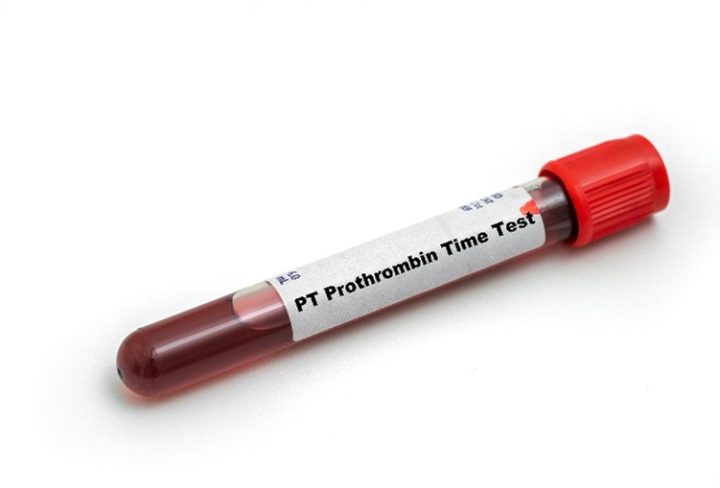A prothrombin time (PT) test is a vital tool to evaluate the clotting ability of your blood. This simple yet crucial test provides valuable insights into various conditions affecting your body’s ability to form blood clots effectively.
Why is a Prothrombin Time Test Performed?
When you sustain an injury, your body’s natural response is to form a blood clot to stop bleeding. However, certain conditions, medications, or deficiencies can disrupt this process, leading to potential health complications. A PT test helps diagnose and monitor these conditions, including bleeding disorders like hemophilia, liver disease, vitamin K deficiency, and the effectiveness of blood-thinning medications like warfarin.
Symptoms and Indications for a PT Test
Symptoms of a potential bleeding disorder include easy bruising, excessive bleeding, heavy menstrual periods, blood in urine, swollen joints, and frequent nosebleeds. Additionally, patients scheduled for major surgeries may undergo a PT test to ensure their blood clotting function is optimal preoperatively.
Performing a Prothrombin Time Test
The PT test involves drawing a blood sample, usually from a vein in your arm or hand, and adding special chemicals to monitor clot formation. This outpatient procedure is quick, relatively painless, and requires no fasting beforehand. However, it is essential to inform your doctor about any medications or supplements you are taking, as they may affect test results.
Risks and Considerations
While PT tests are generally safe, individuals with bleeding disorders may have a slightly higher risk of bleeding or hematoma formation at the puncture site. In rare cases, infection or faintness may occur. It is crucial to communicate any discomfort or symptoms to the doctor administering the test promptly.
Understanding Test Results
PT test results are often reported as an international normalized ratio (INR).
Normal clotting times typically range from 11 to 13.5 seconds, but this may vary depending on factors like medication use.
For patients taking warfarin, INR goals usually fall between 2 and 3.5.
Abnormal results may indicate incorrect medication dosage, liver disease, vitamin K deficiency, or underlying bleeding disorders.
Treatment Options
In cases of abnormal PT test results, treatment strategies may include adjusting medication dosages, managing underlying conditions, or administering factor replacement therapy or blood transfusions. Your doctor will tailor the treatment plan to address your specific needs effectively.
The prothrombin time (PT) test is a valuable diagnostic tool used to assess blood clotting function and detect potential health issues. By understanding the significance of PT testing and its implications for your health, you can collaborate with your healthcare team to ensure timely diagnosis, effective treatment, and optimal health outcomes.
Regular monitoring and proactive management of clotting disorders can significantly improve quality of life and reduce the risk of complications. If you have concerns about your clotting function or require further information about PT testing, do not hesitate to consult your doctor. Your well-being is our top priority.
By empowering patients with knowledge and understanding, we strive to promote proactive healthcare practices and enhance overall well-being.

